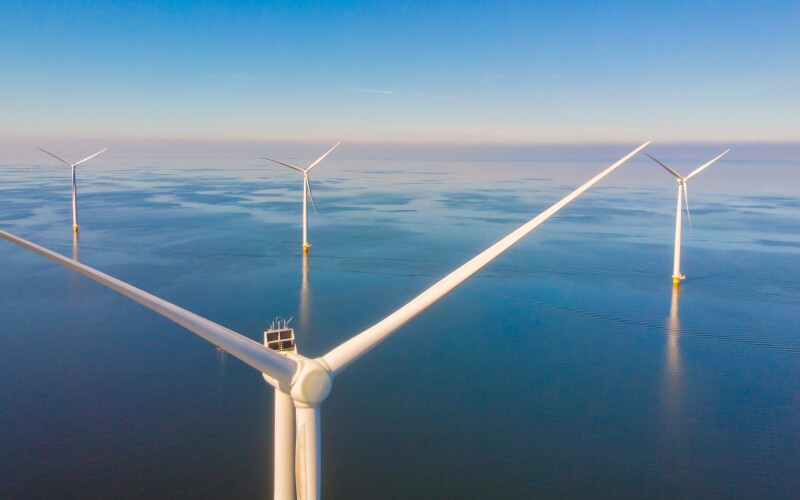Germany’s RWE, a top global offshore wind developer, has halted its U.S. projects due to actions taken against the industry by the Trump administration, CEO Markus Krebber said during the company’s April 30 annual meeting.
"In the U.S. ... we have stopped our offshore activities for the time being," said Krebber. "We remain cautious given the political developments."
RWE, which holds three offshore wind leases in U.S. waters off the coasts of New York, Louisiana, and California, stated in March that it had scaled back its U.S. offshore wind operations to a minimum, though it did not confirm that its projects were postponed.
On his first day in office in January, Trump issued an executive order pausing offshore wind leasing on the U.S. Outer Continental Shelf and mandating a review of the federal government’s leasing and permitting practices for wind projects.
Other developers that have been affected include Norway's Equinor, which suspended construction of its Empire Wind I project off the coast of New York following a stop-work order from U.S. Interior Secretary Doug Burgum.
In light of recent moves by the Trump administration, RWE now plans to scrutinize its U.S. projects further, said Krebber during RWE's annual meeting.
"We have introduced higher requirements for future investments in the U.S. All necessary federal permits must be in place. Tax credits must be safe harboured and all relevant tariff risks mitigated," aid Krebber. "Only if these conditions are met will further investments be possible, given the political environment."
RWE’s U.S. portfolio includes the 3-GW Community Offshore Wind project, a joint venture with Britain’s National Grid (73% owned by RWE), which is competing for a contract in New York and aims to begin generating power in the early 2030s.
In 2023, RWE was the sole bidder in a Gulf of Mexico offshore wind auction, securing a lease off the coast of Louisiana for $5.6 million.
RWE also holds a lease off Northern California for the Canopy Offshore Wind project, which was not expected to come online for roughly a decade. The project had a planned capacity of up to 1.6 GW.




